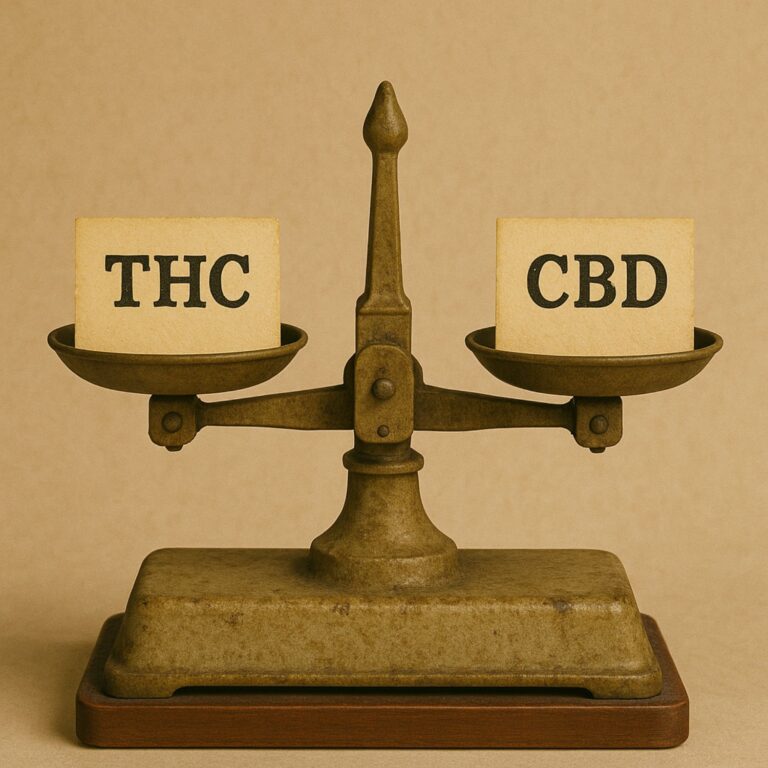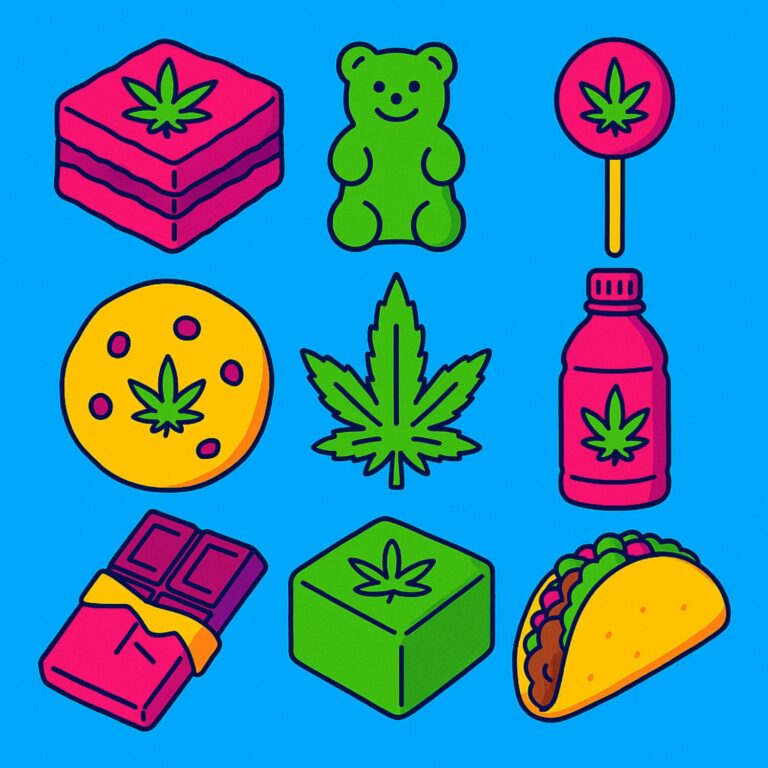In the quest to optimize health and wellbeing, you may be wondering: what’s the best way to get cannabis into the system?
There’s no universal answer and there may not ever be one — it depends on your unique and biochemical needs. Finding the greatest overlap between western science’s recent advancements and the human body’s more ancient pathways continues to require patience, robust research, and intuition — and it likely always will. Likewise, cannabis dosing is highly individualized, and it still draws upon equal parts art and science.
Yet the oral delivery method is a common denominator, a type of dosing strategy within which many cannabis consumers will find their best results. It’s not a one-size-fits-all solution—but it is a one-size-helps-many way to deliver cannabis into the body so the plant can do its best work.
Taking cannabis orally: Diverse and effective
The oral delivery method includes anything that can be eaten or otherwise administered via the mouth. While cannabis edibles have risen in popularity (and creativity) in recent years, the oral delivery method encompasses more than edibles alone.
Today the options within this category are nearly endless—everything from cannabinoid-infused drinks to THC-rich capsules is available. In other words, there’s sure to be something that works for everybody.
Adding to the complexity, different product types often have different therapeutic effects—those will be touched on in the next section. For now, though, just know that the following types of products fall within the oral delivery method:
- Edibles
- Concentrates
- Pills, capsules, tablets
- Powders
- Juicing
- Sprays
Cannabis edibles
cannabis edibles usually have two parts: their normal food ingredients, and their cannabis component. Often the cannabis component of edibles is a concentrated cannabis oil or cannabutter. The non-cannabis components are often common food ingredients like flour and sugar.
Of course, healthier options are also available. Whether you’re gluten-free, sugar-free, vegan, or paleo—there’s still an edible out there for you. Many edibles use healthy coconut or MCT oils as their fat source, also, as opposed to canola or grapeseed oil.
How long do edibles last?
Compared to other cannabis products, edibles kick in slowly (i.e, they have a long onset time) and provide long-lasting effects. That’s because they’re subject to absorption by our digestive tract which is a much lengthier process than absorption through the lungs. In addition there is the process of hepatic metabolism, where ingested cannabinoids are filtered through the liver before hitting the bloodstream. This same process lowers the bioavailability (i.e, internal absorption) of edibles to around 10%. If you take an edible with 10 mg of cannabinoids, for example, expect to actually absorb and benefit from only one or two milligrams of it.
Even then, edibles are an ideal delivery method for many. They’re especially potent, sometimes more so than their given cannabinoid content implies. They also provide the body with metabolized cannabinoids, like 11-Hydroxy-THC, which may have distinct benefits compared to “normal” THC. cannabis users who prefer the psychotropic experience may find it with 11-Hydroxy, seeing as the cannabinoid easily crosses the blood-brain barrier.
Like many cannabis products, edibles come in a variety of concentrations and cannabinoid profiles. To ensure you don’t surpass your normal dose, carefully read and quantify your product’s label before ingesting anything. Also, keep in mind that one can’t dose edibles by feel because of their 30-120 minute onset time—maximum effects may not be experienced until three hours (or more) have passed.
One more thing: taking cannabis in edible form may actually improve cannabinoid absorption rates if the edible was sufficiently fatty. That’s according to new research from the University of Minnesota, which found that CBD’s absorption was aided by a fatty meal. The same concept likely holds true for other cannabinoids and is attributable at least in part to the fact that cannabinoids are fat-soluble. Even endocannabinoids use fatty acids as their precursors.
Cannabis concentrates
Not a fan of eating calorific cannabis edibles? Don’t worry. That’s because cannabis concentrates can also be ingested.
Simply stated, cannabis concentrates are products derived from the oiliest, resinous parts of cannabis and then processed into a more concentrated form. They include extracts like hash oil (BHO) and solventless concentrates like live rosin. Usually, concentrates are smoked with a specialized device, but not always—thus their placement here.
Historically speaking, concentrates were eaten in the form of a concentrated cannabis resin called hashish. Hash was incredibly popular in medieval-era Arabia and shows up in stories like “1001 Arabian Nights”.
Also, keep in mind that some cannabis products are versatile enough to double as ingestible products. Some oils for instance, is both a topical and ingestible product. While cannabis concentrates may not always taste good (RSO, for example, often tastes earthy and bitter), the upside is that one only has to eat a small quantity to hit their daily dose.
Ingestible cannabis is convenient cannabis
In short, there have never been more ways to orally ingest cannabis than there are now.
Technological advancement is also making cannabis more widely available—and more convenient—than ever before. Cannabis delivery services are on the rise worldwide, at least in areas where such services are legal.
Progress is being made on the education front, too. Researchers continue to learn more about oral delivery methods and how they can be better matched with human metabolism to improve the patient experience. While more work is yet to be done, we’re happy to help push cannabis towards its rightfully bright future.
Original Article Found At:
https://cannigma.com/delivery/oral-delivery-methods-pros-cons-and-making-it-work-for-you


